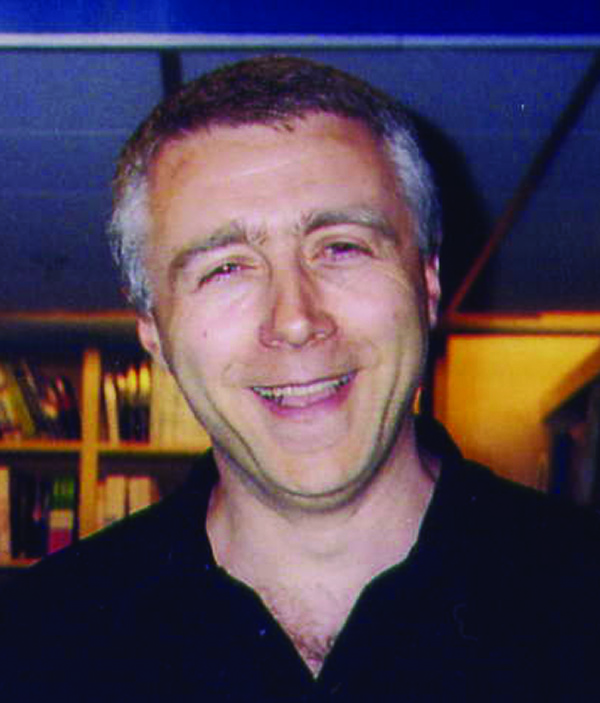The theory goes that the Universe was born from a Big Bang, wherein all matter and even time itself came into being.
Most of us have heard of the Big Bang theory and nowadays most of us probably accept it.
But the 'creation' of the Universe is by no means a simple concept to explain, and many questions remain, some of which we may never know the answer to.
Below are some of the most thought-provoking questions about the Big Bang theory we've been asked over the years, and the answers that exist to the best of our knowledge.
Did the Big Bang make a noise?

Yes, the Big Bang did make a noise. Nobody was around to hear it and, even if they had been, the sound would have been far deeper than anything audible to the human ear.
Nevertheless, a record of the sound is carried to us today from 760,000 years after the birth of the Universe by the cosmic background radiation – the ‘afterglow’ of the Big Bang fireball.
In 2005, American physicist John Cramer of the University of Washington in Seattle took the sound waves detected by NASA’s Wilkinson Anisotropy Probe (WMAP) and boosted their frequency by a factor of 100,000 billion billion so they were audible.
"The sound is like a large jet plane flying 100ft above your house," he said.
Can we see all the way back to the Big Bang?
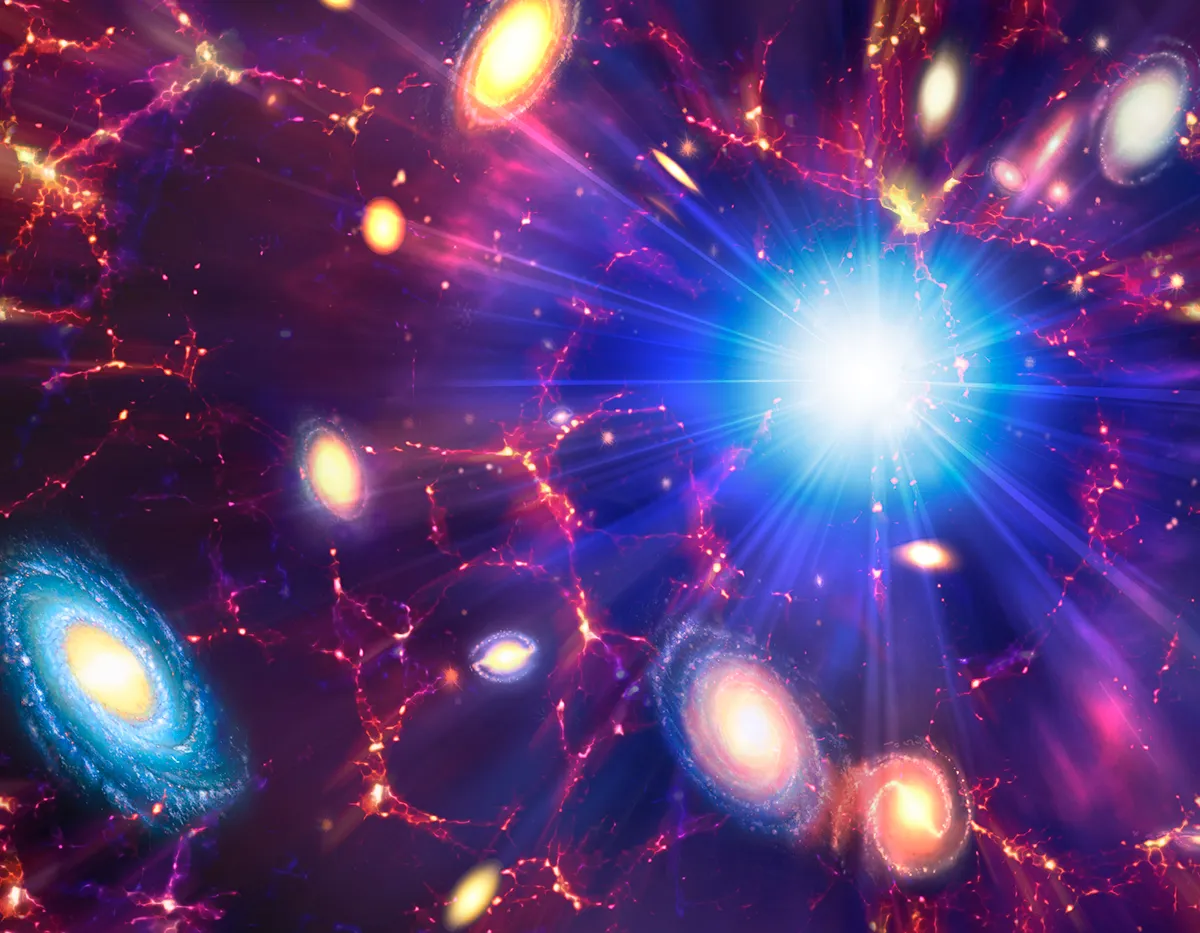
By ‘see’, we conventionally mean ‘see with the aid of light’, which means not just visible light but any light, including radio waves and gamma rays.
In theory, it should be possible to see back to any point in the Universe’s history when light-producing material existed, but what about the Big Bang itself?
In practice our view is obstructed so we can see no earlier than about 400,000 years after the Universe’s birth.
Imagine a fog coming down between you and, say, a distant church steeple.
Before the fog, light rays from the steeple reached your eye in a straight line so it was possible for your eye to create an accurate image.
With the fog present, however, light rays bounce back and forth crazily between water droplets, erasing all information about where they came from and making the creation of an image impossible.
The fireball of the Big Bang could be considered a ‘cosmic fog’, with free electrons playing the part of water droplets.
Only after 400,000 years was it cool enough for electrons to be mopped up and become parts of atoms.
Basically, the Universe went from being ‘foggy’ to being transparent.
Did time run more slowly after the Big Bang due to gravity?
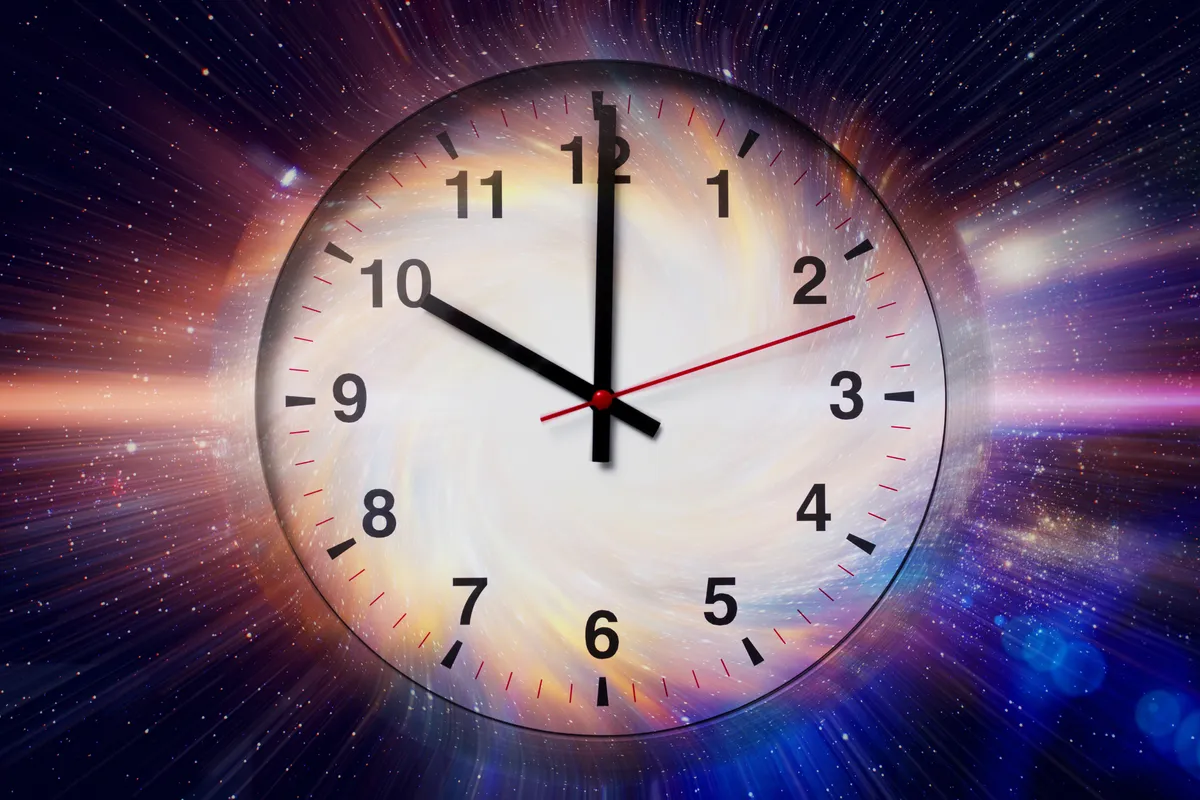
Shortly after the Big Bang, the Universe’s matter was squeezed into a tiny volume, so the gravity exerted by that matter was intensely strong.
According to Einstein’s general theory of relativity, clocks in a strong gravitational field run more slowly than clocks in a weak field.
Consequently, time just after the Big Bang did run more slowly than it does today. And we have evidence of this within our homes.
When we used to tune our TVs in between stations, about 1% of the static on our screen was cosmic background radiation – radiation left over from the Big Bang.
The key thing is that this cosmic background comes from a time when the cooling radiation of the Big Bang was about as hot as the surface of the Sun.
It should therefore be in the form of visible light, like that given out by the Sun, but it isn’t.
Instead, it is in the form of microwaves, and these waves oscillate about 1,000 times more slowly than visible light.
And since light waves are like clocks – they move up and down, or oscillate, with the regularity of a timepiece – this is direct evidence that at the Big Bang, time passed far more slowly than it does today
If the Universe expands from the Big Bang, why isn't there an empty sphere at the centre?
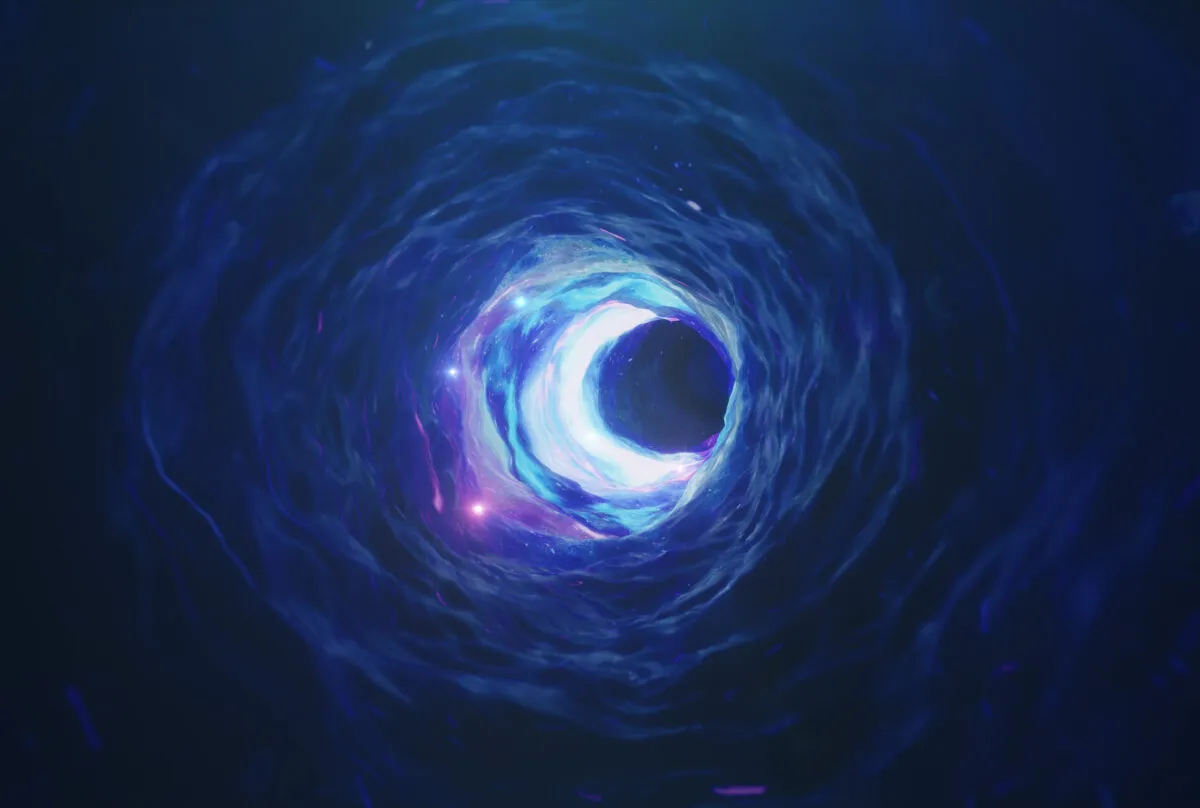
This would be true if the Big Bang happened at a single location, but it didn’t.
The trouble is that the term ‘Big Bang’ conveys a mental picture that is wrong in almost every detail.
An explosion – say, of a stick of dynamite – happens at a single place and shrapnel flies away into the pre-existing surroundings.
At the moment of the Big Bang, however, there was no pre-existing void; it was space itself that came into being.
And every point in that space immediately began speeding away from every other point of space.
In other words, the Big Bang happened everywhere at once.
Think of raisins in a rising cake, each of which recedes from every other. But think of an infinite cake! This is pretty much the way the Universe is.
Are there alternatives to the Big Bang theory?
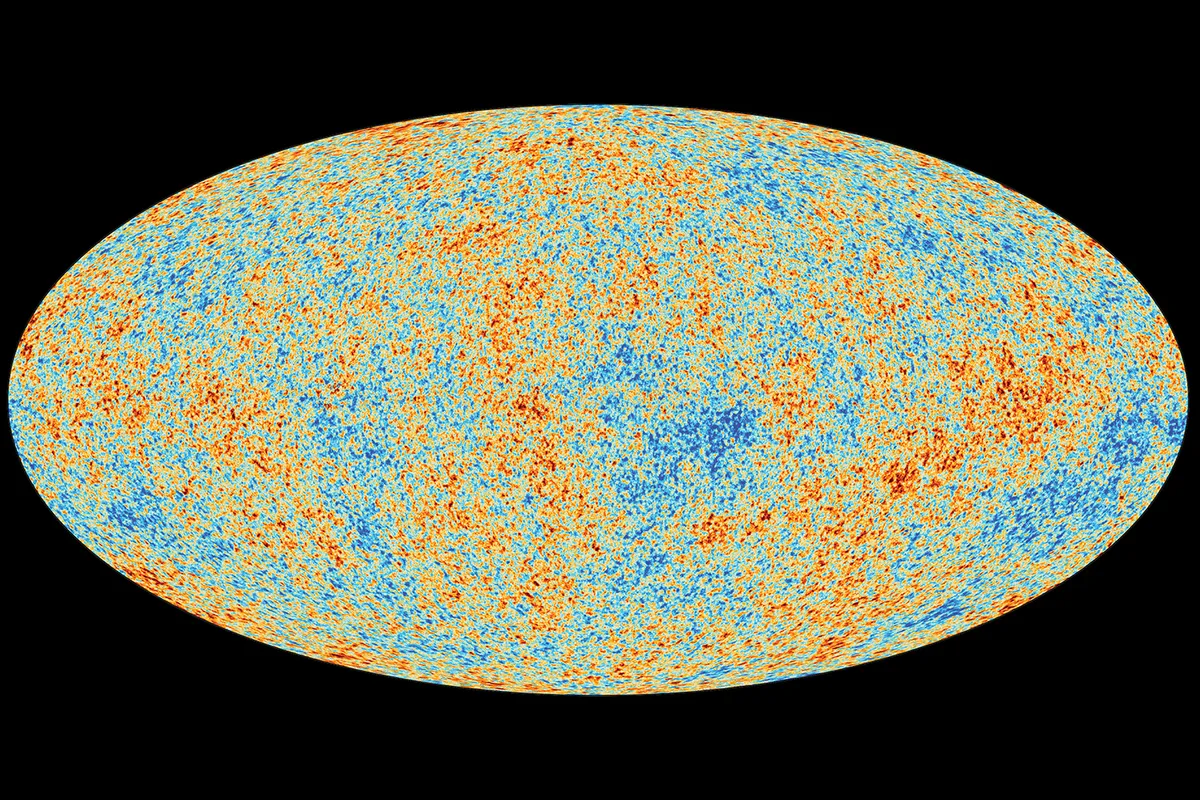
One of the remarkable features of cosmology is that there are few serious challengers to the Big Bang theory.
These days, only a handful of cosmologists push an alternative, the ‘Quasi-Steady State theory’.
In contrast to the Big Bang theory, which maintains that the Universe had a beginning and has changed its appearance with time, Quasi-Steady State theory says that the Universe has existed, unchanged, forever.
This requires new matter to have come into existence as the Universe expanded, in order to keep the cosmic density the same.
Proponents say this matter creation occurs in explosions of all sizes, including the Big Bang, which they see as just another explosion in our corner of the cosmos.
The big problem with the Quasi-Steady State theory, though, is explaining cosmic microwave background, which in the standard picture is simply heat radiation left over from the Big Bang.
Quasi-Steady State proponents say it is starlight re-radiated by tiny iron ‘needles’, which they claim are ejected by supernovae and fill the whole of the Universe.
But there is a theory even more controversial than this: so-called ‘plasma cosmology’.
Its few adherents claim that the Universe is being controlled not only by gravity but also by the electromagnetic force between charged particles.
In this picture, even the redshift of light, which tells us about the expansion of the Universe, may have another explanation.
If so, there may not have been a Big Bang, and the whole basis of standard cosmology would be undermined.
